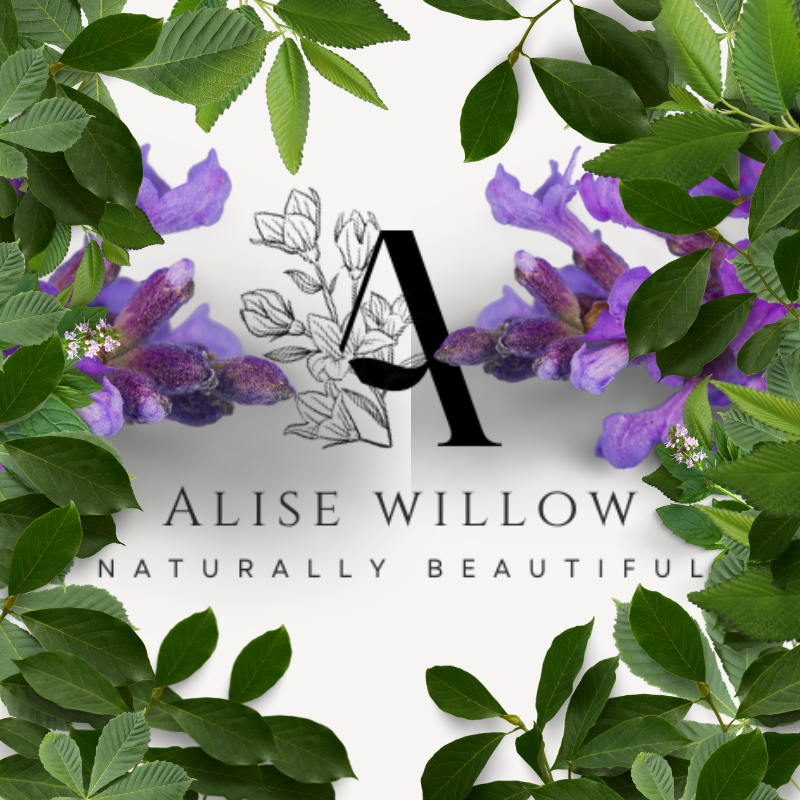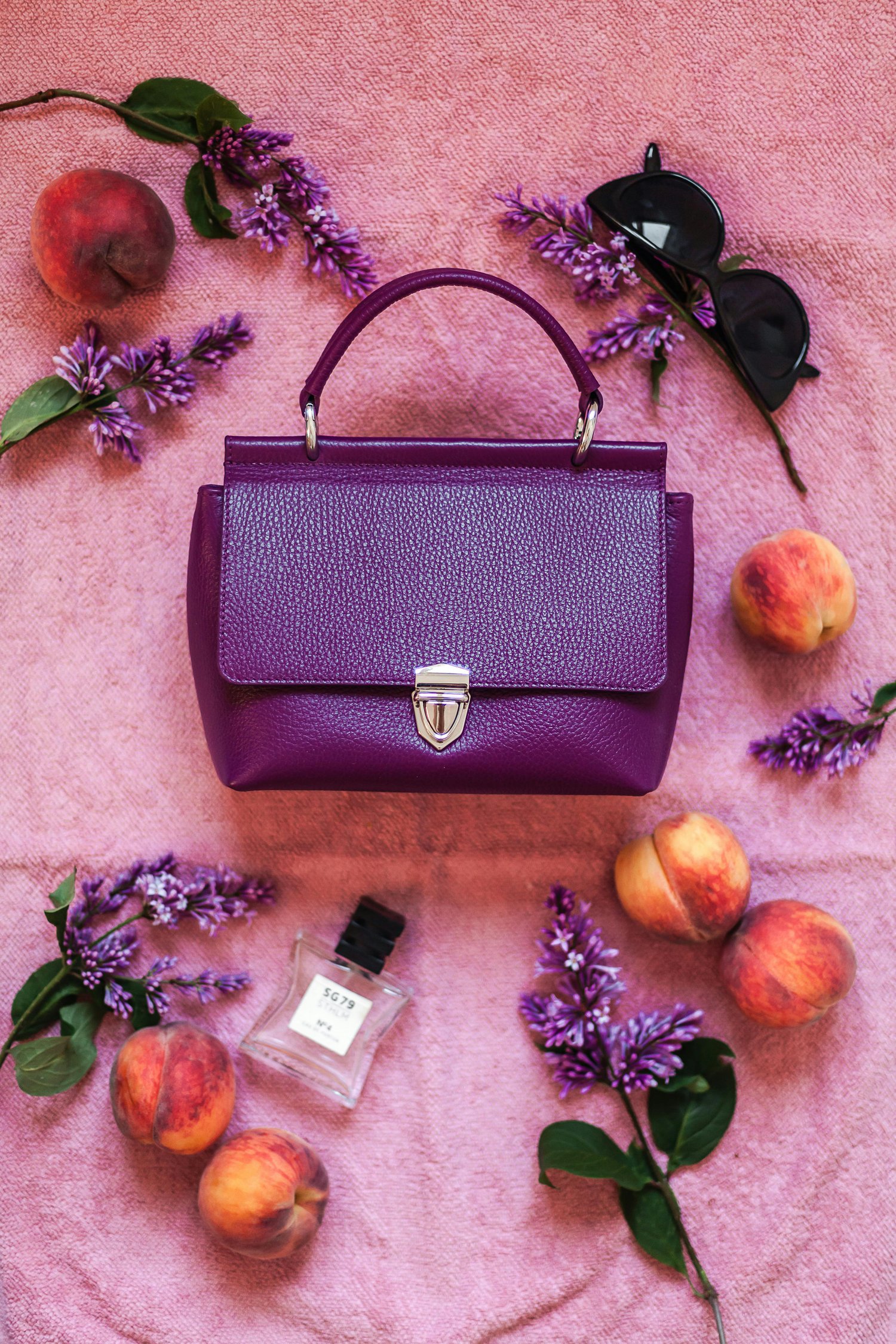Once upon a time, leather was the undisputed heavyweight champion of luxury fashion, and cows were its reluctant contributors. But now, in an era where ethics and innovation hold hands like a happy couple, vegan leather has emerged as the stylish, guilt-free alternative. Let’s take a deep dive into the most common vegan leather materials, their origins, their functions, and how they seamlessly fit into daily life.
1. Polyurethane (PU) and Polyvinyl Chloride (PVC) Leather
Origin Story:
PU and PVC leather are the OGs of the vegan leather world. They were created as synthetic alternatives to animal leather by applying plastic coatings to a fabric base (Zhang et al., 2019). Think of them as leather’s futuristic, lab-grown cousins.
Health Benefits and Drawbacks:
While they spare cows, these materials are not exactly the saints of sustainability. PVC, in particular, has been linked to toxic emissions (Lithner et al., 2011). PU is the lesser evil since it can be made with fewer harmful chemicals.
Function & Daily Application:
PU leather is widely used in fashion, from jackets to shoes and bags. PVC, although less breathable, is found in furniture and car upholstery.
2. Piñatex (Pineapple Leather)
Origin Story:
Ever looked at a pineapple and thought, "I’d love a handbag made of this?" No? Well, Carmen Hijosa did. Piñatex is derived from pineapple leaves, making it a byproduct of agricultural waste (Hijosa, 2016).
Health Benefits:
It’s free from toxic chemicals, making it a safer alternative for both consumers and the environment. Plus, pineapples are full of vitamin C. (Okay, that doesn’t transfer to the leather, but still, pineapples are awesome.)
Function & Daily Application:
Piñatex is breathable, durable, and used for bags, shoes, and even upholstery. The material feels like soft, worn-in leather with a conscience.
3. Mushroom Leather (Mylo & MuSkin)
Origin Story:
Mushroom leather comes from mycelium, the root-like structure of fungi (Appels et al., 2019). Yes, the same thing that makes mushrooms magical—though in this case, the magic is sustainability.
Health Benefits:
It’s biodegradable, non-toxic, and free from synthetic plastic additives. Plus, fungi have natural antimicrobial properties (Jones et al., 2020), which means fewer funky smells in your handbag.
Function & Daily Application:
Mushroom leather is gaining traction in high fashion, with brands like Stella McCartney using it in luxury handbags.
4. Cactus Leather (Desserto)
Origin Story:
Somewhere in Mexico, two entrepreneurs saw a cactus and thought, "Let’s turn this into a purse." And they did. Cactus leather is made from mature Nopal cactus leaves, requiring minimal water and zero cow involvement (Adrián & Marte, 2020).
Health Benefits:
No toxic chemicals are used in its production, and it’s breathable and hypoallergenic. It’s also durable, because, well, have you ever seen a weak cactus?
Function & Daily Application:
It’s widely used in accessories, car interiors, and even furniture.
5. Apple Leather
Origin Story:
Made from apple peels and cores left over from the juice industry, apple leather is the ultimate example of "waste not, want not" (Pecci, 2021).
Health Benefits:
Since it’s primarily natural, it doesn’t off-gas harmful chemicals like traditional synthetic leathers.
Function & Daily Application:
Used in wallets, bags, and even watch straps, apple leather is a juicy (pun intended) option for eco-conscious consumers.
Why These Materials Are Popular in the U.S.
Americans love convenience, sustainability, and innovation—three things these materials offer in spades. PU leather remains a favorite due to affordability, while plant-based options like Piñatex and mushroom leather cater to the growing demand for eco-conscious products (Statista, 2023).
Conclusion
The vegan leather industry is booming, and for good reason. With options ranging from plastic-based PU to plant-based wonders like mushroom and cactus leather, there’s something for every taste, budget, and ethical standard. So next time you shop for a new bag, ask yourself: "Do I want to support an industry that harms animals, or do I want my purse to be made from pineapples?" The choice has never been easier.
Apply What You Learn in Your Life Now
Ready to add a little more style and a lot more sustainability to your wardrobe? Our vegan purses are here to help you rock a look that’s not just fashion-forward but planet-friendly too! From daily errands to special events, these bags have got you covered. Click here to check out the collection and find your new go-to purse today!
🌿 Join the Wellness Insider Circle — Free VIP Content, Exclusive Discounts & Monthly Boosts 🌿
Subscribe for free to receive the latest blog updates, a bonus lesson that expands on themes from our courses, eGuides, and eBooks—but isn’t included in any of them (because who doesn’t love exclusive VIP content?)—plus 15% off your next wellness product and a monthly check-in email to support your path (like a warm, encouraging tap on the shoulder—minus the awkward contact). No fees—just insight, encouragement, and holistic guidance delivered with care (and zero pressure sales pitches or weird infomercial vibes). Click here to subscribe for free.
Quiz: How Well Do You Understand Vegan Leather Bags & Purses?
1. What are PU and PVC leather made from?
a. Recycled animal hides
b. Plant fibers and resin
c. Plastic coatings on a fabric base
d. Molded paper and wax
2. Which synthetic vegan leather is considered less harmful to the environment?
a. PVC
b. PU
c. Piñatex
d. Apple leather
3. What is Piñatex made from?
a. Pineapple juice
b. Pineapple leaves
c. Pineapple bark
d. Synthetic fibers
4. What fun health-related property does mushroom leather have?
a. It's edible
b. It's rich in iron
c. It has antimicrobial properties
d. It contains natural caffeine
5. Which luxury designer has used mushroom leather in their products?
a. Gucci
b. Chanel
c. Stella McCartney
d. Prada
6. Which vegan leather material is known for being hypoallergenic and made with minimal water?
a. Apple leather
b. PU leather
c. Cactus leather
d. PVC leather
7. What makes apple leather a sustainable option?
a. It is made using apple seeds.
b. It’s grown hydroponically.
c. It repurposes apple peels and cores from the juice industry.
d. It’s blended with banana fiber.
8. What are common uses for PU leather?
a. Wallpaper and rugs
b. Jackets, shoes, and bags
c. Kitchen tools and utensils
d. Makeup and skincare packaging
9. Which vegan leather option is made from mycelium, the root structure of fungi?
a. Piñatex
b. Mylo and MuSkin
c. Desserto
d. Apple leather
10. Why are these vegan leather materials popular in the U.S.?
a. They’re cheaper to import from Europe.
b. They match most fast fashion trends.
c. Americans value convenience, sustainability, and innovation.
d. They can be microwaved safely.
Answer Key
- c. Plastic coatings on a fabric base
- b. PU
- b. Pineapple leaves
- c. It has antimicrobial properties
- c. Stella McCartney
- c. Cactus leather
- c. It repurposes apple peels and cores from the juice industry
- b. Jackets, shoes, and bags
- b. Mylo and MuSkin
- c. Americans value convenience, sustainability, and innovation
Nourish & Reflect
1. What part of this article stood out most to you—and why? (AKA: What had you nodding like “Whew, that’s me”?)
2. Where in your life could you apply this wisdom today? (Your job? Your kitchen? That one group chat that tests your patience?)
3. What would change if you committed to this for a week? (Yes, just one week. We’re not building Rome, just emotional stamina.)
4. After applying this wisdom, what changes or benefits did you notice in your life? Were there any challenges or setbacks you faced? (Tell the truth: Did it go smooth, or did life throw a plot twist in the middle?)
5. How do you think you can overcome the challenges or setbacks you experienced? What support or tools might help you? (Access your inner life coach — yes, the one who drinks water, goes to bed on time, and remembers passwords. What would future-you suggest?)
6. Do you have any questions or thoughts about this article that you'd like to discuss further? (Or is your brain like, “Wait—can we talk about that one part again?”)
We’d love to hear from you! Your reflections aren’t just valuable—they’re powerful—like grandma’s advice that didn’t make sense until it did. Drop an insight (or three) in the comments below. What clicked? What cracked you open? What are you side-eyeing but lowkey know you needed to hear? Your words might be the gentle nudge someone else needs today—and hey, sharing is part of the healing too.
Share Your Thoughts—We’re Listening!
We want to hear from you! Whether you’re a devoted blog reader or just popped in while hiding from laundry duty, your thoughts help shape what we create next. Tell us what you loved, what made you think, or even what made you chuckle awkwardly at 2 a.m. It only takes a minute—quicker than brewing your morning herbal tea (and with fewer dishes). Click here to share your thoughts—because we’re all ears, hearts, and maybe a little chamomile. Your voice matters to us!
Disclaimer
This article and other content on this site are for educational and informational purposes only and are not intended to diagnose, treat, cure, or prevent any condition. Statements made on this site have not been evaluated by the Food and Drug Administration. Always consult with a qualified healthcare provider before making any wellness decisions. Please read our Disclaimer for full details.
Some materials on this site may include optional scriptural content and biblical insights, presented for educational and reflective purposes, and grounded in evidence-based research and scripture. Use of this content is voluntary and should be engaged with at your own discretion.
By accessing, reading, or using this content, you acknowledge and accept the terms set forth in our Blog Disclaimer, Health & Wellness Disclaimer, Terms & Conditions, and Shop Policies.
Bibliography
Adrián, L., & Marte, A. (2020). The rise of cactus leather: An eco-friendly alternative. Sustainable Materials Journal, 12(4), 56-63.
Appels, F. V., Wösten, H. A., & Sonnenberg, A. S. (2019). Mycelium materials: The future of sustainable textiles? Journal of Biodegradable Innovation, 8(2), 23-31.
Hijosa, C. (2016). Piñatex: Transforming pineapple waste into a sustainable textile. Textile Innovations, 5(1), 15-22.
Jones, M., Bhat, T., & Wang, Y. (2020). The antimicrobial properties of fungal-derived textiles. Journal of Eco-Friendly Fashion, 9(3), 33-44.
Lithner, D., Larsson, A., & Dave, G. (2011). Environmental and health hazards of additives in plastic materials. Environmental Science & Technology, 45(2), 587-593.
Pecci, S. (2021). Apple leather: The waste-based textile revolution. Green Future Journal, 11(1), 67-74.
Statista. (2023). Vegan leather market trends in the United States. Retrieved from [https://www.statista.com]




Comments ()